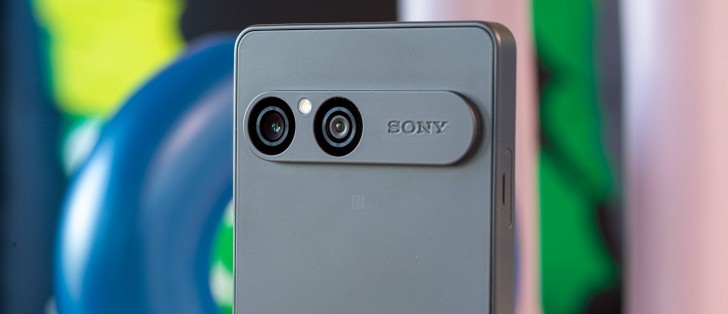A simple dual camera setup
Even though the number of cameras has remained the same at two on the rear and one on the front, the Xperia 10 VII has clearly upgraded the camera hardware for this year. You still only get a relatively mundane 50MP main shooter and a rather basic, though a bit higher-res ultrawide camera, without autofocus.
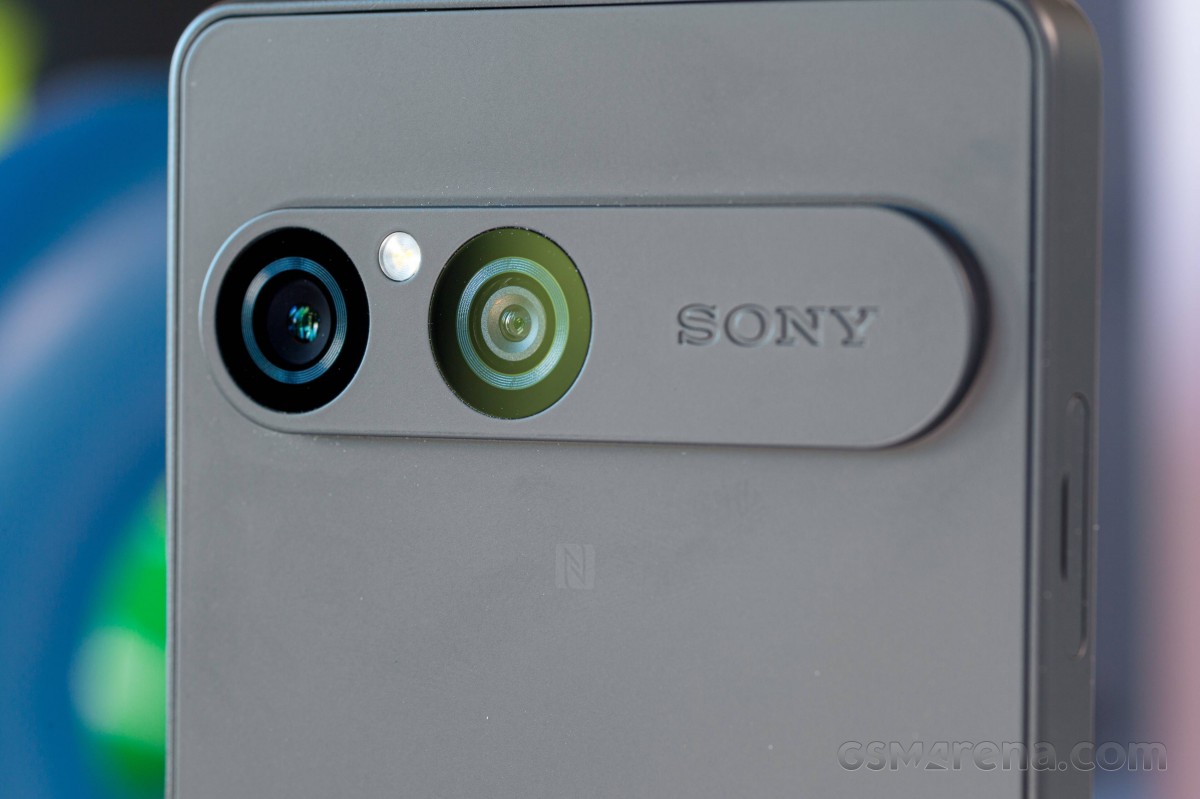
The main camera is a 50MP unit, based on the Sony IMX766 sensor. It has PDAF and OIS. Alongside it, the ultrawide camera is using a 13MP SmartSens SC1320CS camera. It lacks autofocus.
Both cameras take photos at exactly 12MP, which is an odd choice. The main camera should technically bin pixels four ways into around 12.5MP, while the ultrawide is 13MP.
On the selfie side, there is an 8MP SmartSens SC820CS camera. Again, it offers nothing special in terms of features. It has a fixed focus and is pretty low-resolution.
Wide (main): 50 MP Sony IMX766, f/1.9, 24mm, 1/1.56″, 1.0µm, PDAF, OIS; 2160p@30fps
Ultra wide angle: 13 MP SmartSens SC1320CS, f/2.4, 16mm, 1/3″, 1.12µm; 1080p@30fps
Front camera: 8 MP SmartSens SC820CS, f/2.0, 26mm, 1/4″, 1.12µm; 1080p@30fps
Sony simplified its camera app UI a while back. You get a mode carousel on the bottom, a shutter and zoom selector, and a filter shortcut above that. On top are a few other shortcuts for the camera flash, quick resolution, and frame rate settings for video. The rest of the settings are well organized in a separate menu. It is all really cohesive and works very well.
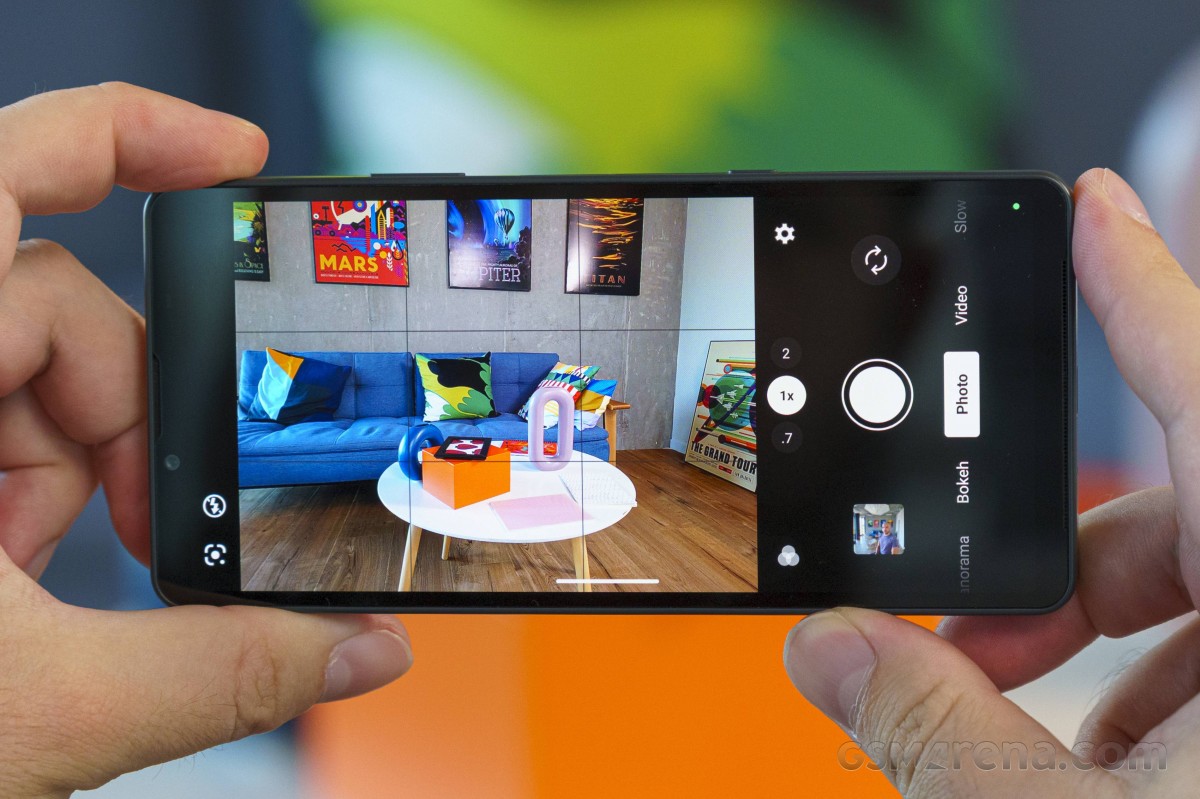
Daylight photo quality
Main camera
The quality of main camera shots is decent, but not particularly great. The colors are good, and so is the contrast. When you inspect them from up close, the sharpness is okay, but there is some visible noise. The dynamic range leaves more to be desired, with highlights often getting clipped, though exposure is always on point.










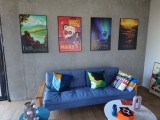
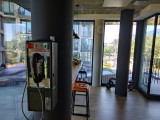





Sony Xperia 10 VII: 12MP main camera samples
Human subjects come out looking rather decent. Skin tones and texture come through nicely most of the time. Portrait mode photos are fine too, but the subject separation is sometimes imprecise and can be fooled by busier backgrounds. The artificially rendered background blur looks decent, but it’s a bit “artificial” and somewhat aggressive in its rendition.




Sony Xperia 10 VII: 12MP main camera portrait samples
As far as we can tell, there is no obvious way to capture in the full resolution of the camera.
Digital zoom photos at 2x are not stellar. They are soft, and foliage appears rendered quite artificially. Still, the contrast and colors remain nice and lively.












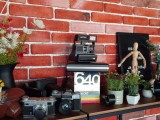
Sony Xperia 10 VII: 12MP main camera 2x zoom samples
Ultrawide camera
Photos from the ultrawide camera are frankly disappointing. Their colors are probably the only positive aspect. They are nice and well-matched to the main camera.
The detail is very poor. There is a lot of softness all throughout the frame. Contrast is poor, and so is the dynamic range. Shadows are crushed and highlights are clipped.










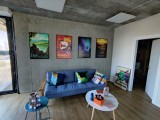
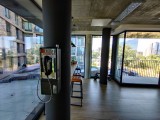

Sony Xperia 10 VII: 12MP ultrawide camera samples
Selfie camera
The selfie camera captures photos at a resolution of under 8MP. These are decent as well, but overall unimpressive. As mentioned, the camera lacks autofocus, but at least the focal plane is nice and wide and hence quite forgiving. Skin texture comes through quite nicely. Skin tones are not really true to life, but are good enough.
The dynamic range is quite limited, unfortunately, so you really need to be mindful of how the light hits you.






Sony Xperia 10 VII: 8MP selfie camera samples
Closeups
The Xperia 10 VII is not particularly adept at close-up photography on any of its cameras. The ultrawide is basically useless at short distances, and the main camera can’t focus too closely either. At 2x, you can get some usable results, but they’re far from good.


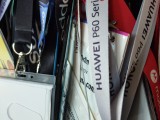









Sony Xperia 10 VII: close-up samples
Low-light camera quality
In low-light conditions, the results by the main camera are quite good for the class – the exposure is nice, there are not a lot of clipped highlights, and the detail is pretty good, and colors look nice.




Sony Xperia 10 VII: 12MP main camera low-light samples
Dynamic range and contrast are not great. There is plenty of noise on surfaces. Light sources are handled very poorly with a lot of blow-out.
The Xperia 10 VII features automatic night mode, which automatically activates and performs stacking and HDR processing. We found no obvious way of forcing night mode manually beyond that.
At 2x zoom, photos are similar to 1x but expectedly a bit softer, though not by much.




Sony Xperia 10 VII: 12MP main camera 2x zoom low-light samples
The ultrawide camera performs poorly in low light. Fine detail is muddy, surfaces are soft, the dynamic range is not great (though we frankly expected worse still), and there is a lot of blow-out on light sources.




Sony Xperia 10 VII: 12MP ultrawide camera low-light samples
Low-light selfies are equally unimpressive. They are still serviceable most of the time, but the detail is poor and there is a lot of softness and noise.




Sony Xperia 10 VII: 8MP selfie camera low-light samples
Video capture quality
The Xperia 10 VII can capture 4K@30 fps video on its main camera and 1080p on the ultrawide and the selfie cameras. The phone saves video with an AVC/h.264 video stream (at around 55 Mbps in 4K), plus a stereo AAC audio stream, inside a standard MP4 container. Nothing out of the ordinary. You can alternatively switch over to HEVC/h.265 instead to save on some storage at the same quality level.
You can check out the playlist below, which includes multiple video samples.
4K videos from the main camera are decent, but far from perfect. The detail is good overall, and so are the colors. There is practically no noise as well. The contrast and dynamic range, however, are rather poor. At 2x zoom, the footage is largely the same, just a bit softer and with more artificial sharpening applied. Ultrawide videos are soft and blurry, with limited detail. Colors are pretty good and well-matched to the main camera.
The Xperia 10 VII lacks any video stabilization toggle in the camera UI. There is, however, a stabilization toggle in the app’s settings menu. It is on by default and works across all cameras and at all resolutions, so there is really no obvious reason to turn it off. It does a pretty decent job of smoothing out larger shakes and bumps. Still, we are including a sample with the EIS toggled OFF and then ON.
The main camera performs well in low light, but ultimately fails to impress. It’s not that the detail is lacking. When there is enough light, it is actually fine. However, the dynamic range is so narrow that most darker areas just come out looking absolutely crushed with no detail remaining. Light sources are pretty badly blown out, too. Zooming at 2x introduces some noise that is generally not there at 1x zoom. Low-light ultrawide videos are borderline unusable. They are way too dark, soft and blurry.

